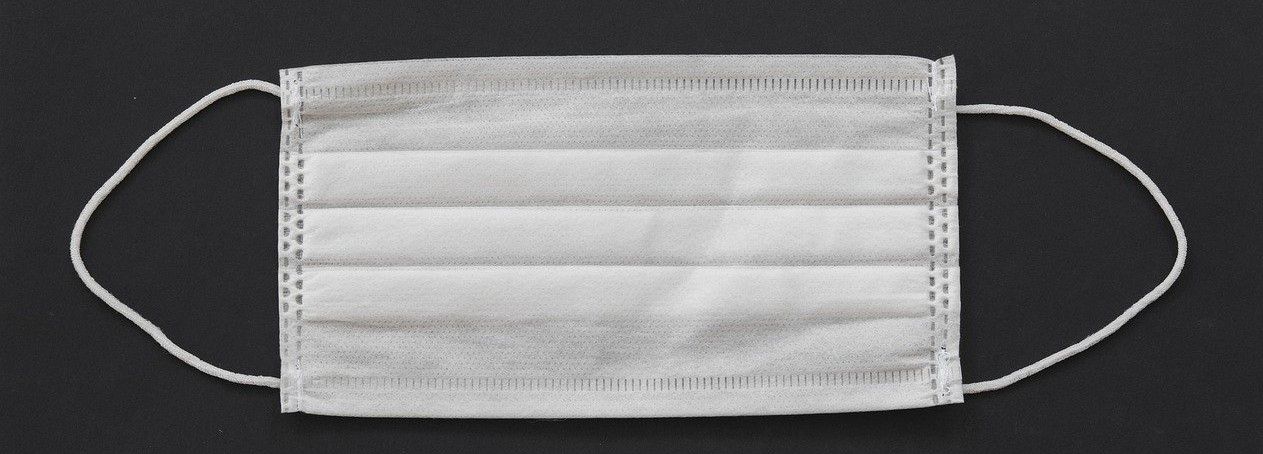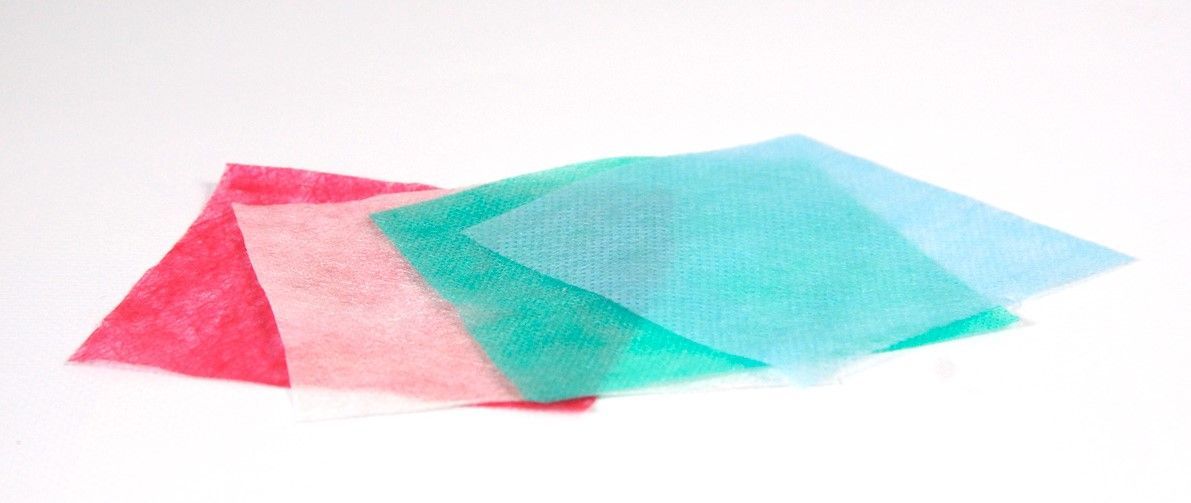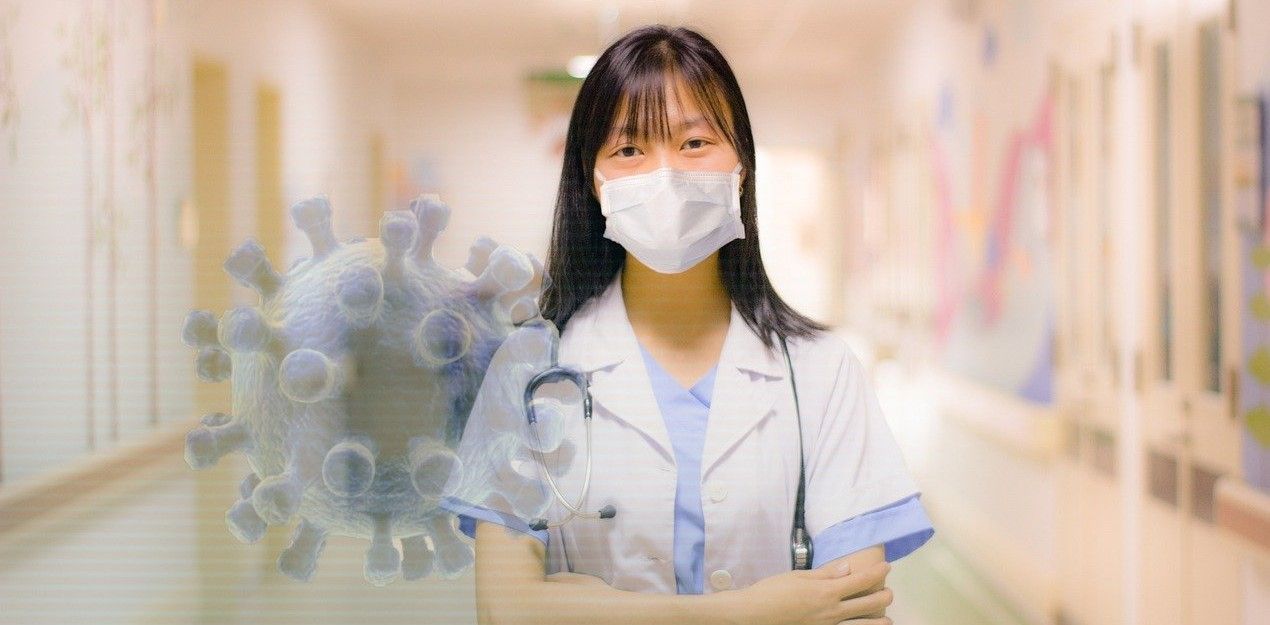As the world braces itself for the predicted second wave of coronavirus, the global population can take some relief from the breakthroughs in nanotechnology that have been made in the Czech and Chinese Republics.
In an underscoring of the age-old saying that ‘great minds think alike’, both sets of nanotechnology specialists have turned to nanomaterials to create a fabric that can destroy pathogens on contact.
With coronavirus firmly on everyone’s minds and the enormous market available for effective antiviral face coverings, the researchers are teaming up with manufacturers and investors to advance their discoveries towards mask production.

A Graphene Enhanced Mask from Hong Kong
It is perhaps with some irony that the creation of an antiviral face mask to combat coronavirus should come from China. Yet a recent work from Hong Kong’s City University has taken a fresh focus on face mask design using nanomaterials.
This analysis concluded that there are two major flaws in previous designs.
The first is that improper use of face masks may lead to ‘secondary transmission’ as they are frequently touched and handled.
By using a smart form of graphene as a raw material the researchers have made a mask which kills 80% of all bacteria on contact, rising to 99.998% after exposure to sunlight for ten minutes.
“Our laser-induced graphene [LIG] material can kill almost all the E. coli and aerosolized bacteria. The bacteria-killing activity is induced by the graphene–bacteria interactions,” says Dr Ye Ruquan, Assistant Professor in the Department of Chemistry and the study’s lead author.
Testing for the masks effectiveness against coronavirus has now begun.

Yet, while this is not the first use of nanomaterials in face masks it is perhaps the greenest approach.
This is because the second fault lies in the way that graphene is typically produced. As the university press release explains, “Conventional methods for producing graphene include chemical vapour deposition in which graphene is first grown on a porous substrate at high temperatures and the substrate is subsequently etched; and the hydrothermal method in which graphene oxide collects together and is simultaneously reduced in hot water.”
Both of these approaches require high temperatures, are based on slow synthesis, have high production costs, and poor control over the shape of the final product.

“Dr Ye’s breakthrough,” the university says, “combines graphene preparation and patterning into a single step. The method is time and cost effective and may help to resolve the problem of sourcing raw materials. Most carbon containing materials, for example cellulose or paper, can be converted into graphene.”
“We can also use biomass or biomaterials as well. It is a green technique,” says Dr Ye, who also highlights the economic viability of the project. “I think production streamlining should be simple and the price is expected to fall in between that of a surgical mask and a N95 mask.”
This has been achieved through cost savings made by keeping the process at ambient temperatures.
Production speeds have also been dramatically increased, such that an area of 100 cm² can be converted into graphene for use as the outer or inner layer of a mask in just 90 seconds.
The team is now looking for investors while working on ways to make the mask reusable.
“We have made a face mask prototype,” adds Dr Ye, “and with an optimal structure, we envision releasing it to the market shortly after obtaining the certified tests.”

A Fabric Embedded with Antiviral Nanoparticles from Prague
Seven thousand kilometres away in Prague, a number of patents have already been secured on a product called NANO AB PC-22, a fabric with antiviral and antibacterial properties.
Developed by Czech nanotechnology specialists in cooperation with the company AG CHEMI GROUP, NANO AB PC-22 is a textile embedded with nanoparticles of copper, zinc, silver, gold, and cerium which provides it with an ability to kill pathogens on contact.
According to the company’s CEO and founder, Igor Sevcenko, the nanofabric has, “… active bactericidal effects, killing 99.99% of all known bacteria and virus.”

While the textile has clear advantages for use in face masks, the fact that the process can be used on both synthetic and natural fibres, both of which remain washable and durable, means that potentially any fabric can be given pathogen killing properties.
Hospital gowns, curtains, gloves, tablecloths, bed linen, pillowcases, textiles for seats in waiting rooms and on public transport, napkins, and cleaning cloths; all are potential end products for NANO AB PC-22.
Tests have already proven the nanofabric capable of killing 850 different species of bacterium and virus, while analysis on its effectiveness against SARS-COV-2 is ongoing.
Consequently, there are now, “… fixed plans to open a NANO DEVELOPMENT CENTER in Kladno, Czechia by the end of 2020,” says Sevcenko. Adding that, “We are now looking for new, well-educated staff to join our team on nanoproduct manufacturing next year.”

Nanomaterials have long been known for providing exceptional properties to otherwise standard materials. For example, thanks to nanotechnology, composite materials can be made stronger and also lighter, building waste can be recycled in concrete, plastics can be made more flexible, and rubber mixes in car tyres can be lighter, more durable, and electroconductive.
Recently, the coronavirus pandemic has provided mankind with fresh challenges, ones that nanotechnology researchers in both China and the Czech Republic seem willing to rise to.
If you are interested in investing in nanotechnology or are interested to learn more about NANO AB PC-22 then please visit: AG CHEMI GROUP.
Photo credit: deafstar from FreeImages, AG CHEMI GROUP, Alexandra_Koch from Pixabay, mohamed Hassan from Pixabay, Jürgen Jester from Pixabay, Engin Akyurt from Pixabay, & deafstar from FreeImages